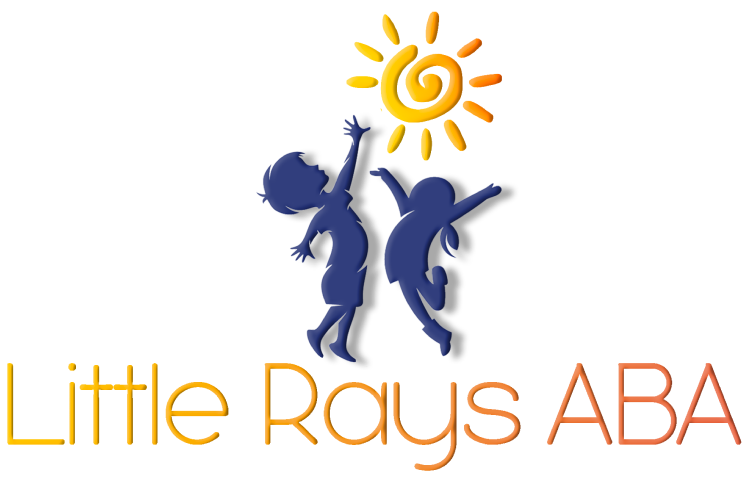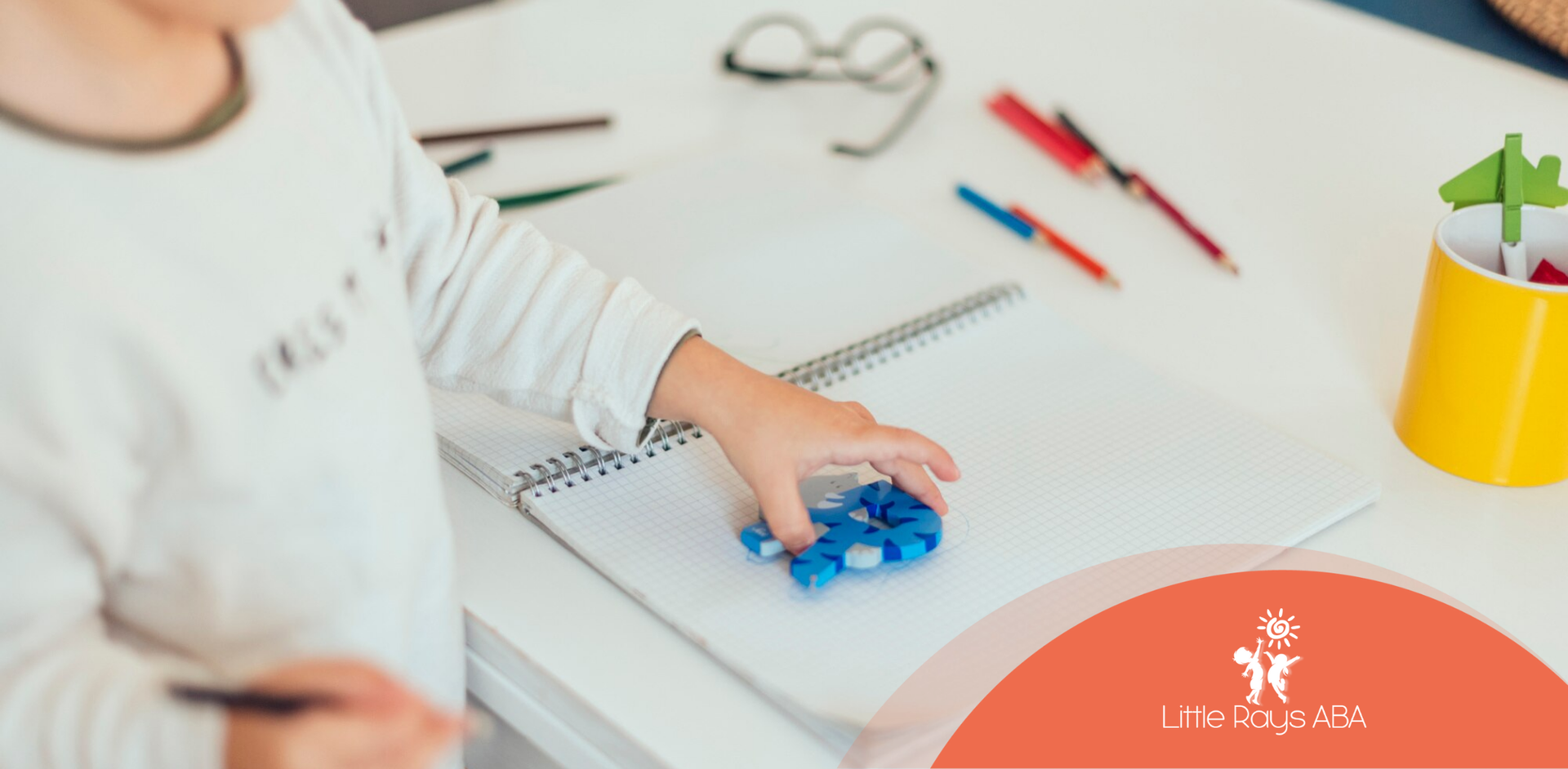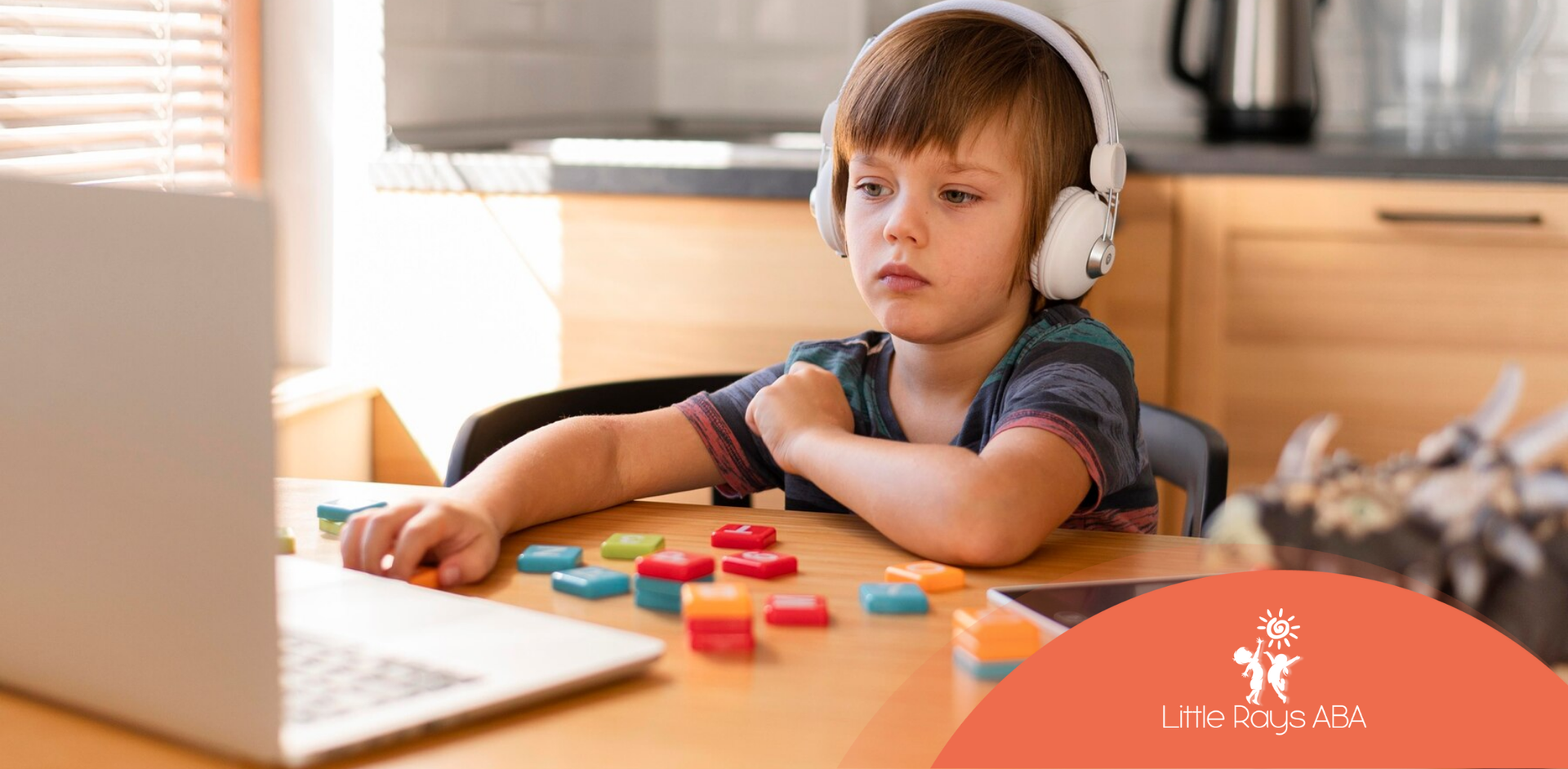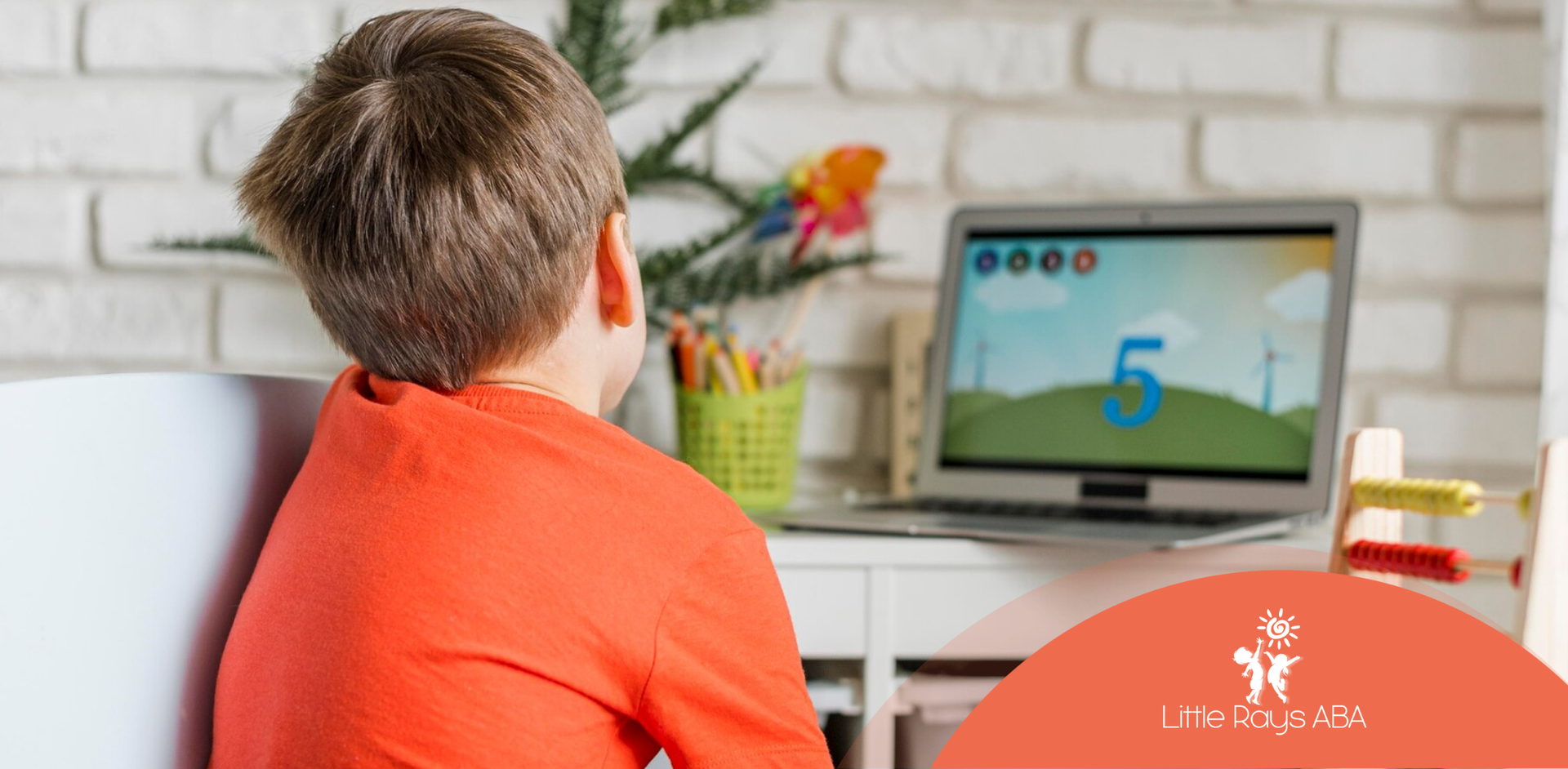For parents of children with autism, understanding and utilizing ABA therapy techniques can be instrumental in advancing your child's development. This overview examines two key techniques: Positive and Negative Reinforcement and Video Modeling.
Positive and Negative Reinforcement
Positive and Negative Reinforcement are cornerstone techniques in ABA therapy for autism. Positive reinforcement involves rewarding desired behaviors to increase their likelihood of repetition. For instance, giving a child extra playtime for completing a task encourages them to complete tasks in the future.
| Reinforcement Type | Example | Outcome |
|---|---|---|
| Positive Reinforcement | Extra playtime for task completion | Increased task completion |
| Negative Reinforcement | Removing a disliked chore when homework is done | Increased homework completion |
Negative reinforcement involves removing something undesirable as a reward for displaying the desired behavior. For example, if a child dislikes a particular chore, removing that chore as a reward for completing their homework encourages more consistent homework completion.
Understanding these two forms of reinforcement helps tailor applied behavior analysis strategies to suit individual needs, thereby fostering more effective behavior modifications.
Video Modeling
Video Modeling is an effective ABA teaching tool that leverages visual learning to help children with autism acquire new skills. This technique involves showing children videos where behaviors are demonstrated, allowing them to observe and then imitate these behaviors.
Visual learners particularly benefit from Video Modeling as it provides an alternative to verbal instructions, which some children may find challenging. Through videos, children can learn social interactions, emotional expressions, and other essential skills.
Incorporating Video Modeling:
- Use clear, concise videos demonstrating target behaviors.
- Encourage the child to watch the video multiple times.
- Reinforce the desired behavior when the child successfully imitates it.
This technique can be further enhanced with the addition of visual aids like charts or pictures, supporting the child's comprehension and application of complex behaviors. Visit our section on aba therapy generalization strategies for more information on applying these skills in various settings.
By incorporating these ABA therapy techniques into your daily routines, you can better support your child's development and enhance their ability to respond to their environment.
Hands-On Approach Techniques
Prompting and Fading
Prompting and fading are core ABA therapy techniques instrumental in teaching new skills to children with autism. Prompting involves using cues or assistance to help your child perform a desired behavior. These prompts can be physical, such as guiding your child's hands, or verbal, like giving instructions.
Fading is the gradual withdrawal of these prompts to encourage your child's independence. For example, if you're teaching your child to tie shoelaces, you might initially guide their hands through each step and then slowly reduce your assistance as they become more proficient. Over time, they will learn to perform the task independently.
| Type of Prompt | Example |
|---|---|
| Physical | Guiding hands to tie laces |
| Verbal | Giving step-by-step instructions |
| Gestural | Pointing to the next step |
You can explore detailed guidance on aba therapy prompting techniques and aba therapy fading procedures for more insights.
Natural Environment Teaching
Natural Environment Teaching (NET) is another effective ABA approach that emphasizes learning in everyday settings. This technique involves teaching skills within the context they are typically used, such as teaching your child how to ask for items at the grocery store rather than at home.
NET leverages natural interactions and activities to teach communication, social skills, and functional behaviors. This can make learning more relevant and engaging for your child. For instance, practicing conversational skills during family dinners or teaching turn-taking during playdates can be highly effective.
Key concepts of NET include:
- Incorporating Interests: Activities and items that your child is naturally drawn to.
- Contextual Learning: Teaching skills in the environments where they will be used.
- Immediate Reinforcement: Providing positive feedback right after the desired behavior occurs.
| Natural Setting | Skill Taught |
|---|---|
| Grocery Store | Asking for items |
| Playground | Taking turns |
| Classroom | Raising hand before speaking |
Explore more on how natural environment teaching integrates with ABA therapy techniques for optimizing skill retention and generalization in real-world scenarios.
Adopting these hands-on ABA therapy techniques can significantly enhance your child's ability to learn and apply new skills in diverse settings, contributing to their overall development and independence.
Skill Development Strategies
In Applied Behavior Analysis (ABA) therapy, skill development strategies are key to helping your child with autism acquire new skills and improve their overall quality of life. These strategies include techniques such as the Behavior Chain Technique and Individualization in ABA Therapy.
Behavior Chain Technique
The Behavior Chain Technique, also known as behavior chaining, simplifies learning tasks for children with autism by breaking down complex activities into smaller, manageable steps. This technique is particularly beneficial for tasks that involve multiple steps, such as getting dressed or brushing teeth. By dividing these tasks into smaller components, your child can learn each step incrementally, making the overall activity less overwhelming.
Behavior chaining often works in conjunction with prompts to assist your child in understanding each step. For example, if your child is learning to tie their shoes, the first step might be to pick up the laces, followed by crossing them, and so on. Each step is taught individually and then linked together to form a complete chain of behaviors, as highlighted by Dream Big Children.
| Task | Steps in Behavior Chain |
|---|---|
| Brushing Teeth | 1. Pick up toothbrush |
| 2. Apply toothpaste | |
| 3. Brush teeth | |
| 4. Rinse mouth | |
| Getting Dressed | 1. Choose clothes |
| 2. Put on shirt | |
| 3. Put on pants | |
| 4. Wear shoes |
This structured approach not only makes learning easier but also boosts your child's confidence as they master each individual step. For more insights into behavior shaping, explore our section on ABA therapy shaping techniques.
Individualization in ABA Therapy
Individualization is a cornerstone of ABA therapy, ensuring that each child's unique needs, strengths, and areas for growth are addressed. This personalized approach begins during the initial assessment, where ABA therapists conduct interviews with caregivers, observe the child, and perform direct assessments. This thorough evaluation helps identify specific goals and tailor therapy plans to your child's unique profile.
Goals set in ABA therapy are specific, measurable, and time-bound, ensuring that progress is continuously monitored. These goals are collaboratively developed by ABA therapists and caregivers, ensuring alignment with both the child's current abilities and future aspirations.
Individualization also extends to catering to your child's preferred learning style. Board Certified Behavior Analysts (BCBAs) employ different teaching approaches, such as visual aids or hands-on activities, tailored to what resonates best with your child.
To read more about individualized approaches in ABA, check out our detailed guide on ABA therapy generalization strategies.
By implementing these skill development strategies, you can help your child with autism achieve significant progress in their learning and overall development. For additional information on ABA therapy techniques, explore our extensive resources on ABA therapy for children and ABA therapy for toddlers.
Tailoring ABA Therapy to Different Age Groups
ABA therapy offers a flexible, evidence-based approach that benefits children with autism at every stage of life. It’s essential to tailor these techniques to fit the developmental needs of different age groups, ensuring the best outcomes.
0-5 Years: Foundation Building
For children aged 0-5 years, ABA therapy focuses on laying the groundwork for communication and social interaction. At this stage, the primary objectives are to develop essential skills such as following instructions, managing emotions, and reducing challenging behaviors. Play-based sessions are often utilized to make learning engaging and effective.
Key Techniques:
- Positive Reinforcement: Rewarding desired behaviors to encourage their repetition.
- Natural Environment Teaching (NET): Utilizing natural settings like home or playground to teach skills in real-world contexts.
- Prompting and Fading: Offering guidance to complete tasks and gradually reducing support to encourage independence.
By emphasizing early intervention, you can help your child build a solid foundation that will support their growth and development. For additional information, consider exploring our articles on ABA therapy for toddlers and ABA therapy generalization strategies.
6-12 Years: Academic Readiness
As children transition into the school-age years (6-12 years), ABA therapy shifts focus towards academic readiness, social skills, and emotional regulation. Collaborative efforts between therapists, teachers, and caregivers are crucial to ensure the child thrives both at home and in the classroom.
Key Techniques:
- Behavior Chain Technique: Breaking tasks into smaller, manageable steps and teaching each step sequentially.
- Individualization: Tailoring therapy plans to meet the specific learning styles and objectives of your child.
- Video Modeling: Using videos to demonstrate proper behaviors, which children can then mimic and practice.
For more information on helping your school-aged child, check out our articles on ABA therapy for children and applied behavior analysis strategies.
By understanding the specific needs at each developmental stage, you can ensure that the ABA therapy techniques employed are most effective for your child. Remember, the goal is to help them achieve their fullest potential and navigate the challenges they face with confidence.
13-18 Years: Fostering Independence
ABA therapy techniques can play a significant role in helping adolescents aged 13-18 foster independence. During these years, the primary focus shifts towards preparing the individual for adulthood by enhancing life skills, social interactions, and problem-solving abilities.
ABA principles can be adapted for older individuals, making it effective across the lifespan. Techniques such as behavior chain technique and individualization in ABA therapy become crucial at this stage. Adolescents are taught to break down complex tasks into smaller, manageable steps, reinforcing each step until the entire behavior sequence is learned.
Key Areas of Focus:
- Life Skills: Teaching daily living activities such as cooking, personal hygiene, and budgeting.
- Social Skills: Enhancing communication, empathy, and appropriate social conduct.
- Academic Support: Helping with time management, organization, and studying habits.
- Job Readiness: Preparing for job interviews, resume writing, and workplace etiquette.
ABA Techniques:
- Task Analysis: Breaking down complex activities into simpler steps.
- Reinforcement Systems: Positive reinforcement for successful completion of tasks.
- Social Skills Training: Role-playing and social stories to practice appropriate behaviors.
- Goal Setting: Establishing clear, achievable goals to promote self-monitoring and independence.
Lifelong Benefits of ABA Therapy
The benefits of ABA therapy extend far beyond childhood, offering lifelong advantages for individuals with autism. ABA therapy is designed to address behavioral challenges and enhance the overall quality of life at any age.
Research demonstrates that early intervention leads to significant improvements in areas such as language development, adaptive behaviors, and daily living skills. These benefits are often maintained and sustained well into adulthood. However, ABA therapy's efficacy is not limited to early childhood; it can be beneficial at any stage of life.
A case study involving a 36-year-old individual with autism showed a decrease in challenging behaviors and an increase in adaptive responses through targeted ABA interventions. This underscores that ABA therapy can have a meaningful impact regardless of age.
Lifelong Benefits Include:
- Improved Communication: Enhanced ability to express needs and desires.
- Reduced Challenging Behaviors: Effective strategies for managing and reducing problematic behaviors.
- Increased Independence: Development of skills that promote self-reliance in daily activities.
- Enhanced Social Skills: Improved interactions and relationships with others.
For more information on how ABA therapy can support your child's development across different age groups, explore our sections on ABA therapy for children and ABA therapy for toddlers.
By integrating these aba therapy techniques into their daily routines, parents can help their children achieve a higher degree of independence and a better quality of life.
Conclusion
In conclusion, empowering parents with the right tools is key to a child’s progress in ABA therapy. ABA therapy and supporting services provide structured techniques that help reinforce positive behaviors, improve communication, and build essential life skills. If you're looking for expert guidance to support your child’s development, explore local providers today and discover how ABA therapy can make a lasting impact.
Little Rays ABA is Florida’s trusted partner in helping parents navigate their child’s autism journey with proven ABA therapy techniques. Their expert team provides personalized support, equipping families with the tools needed to encourage growth and success. If you’re ready to take the next step in your child’s progress, contact Little Rays ABA today and discover the difference tailored therapy can make.
Frequently Asking Questions
What is ABA therapy, and how does it help children with autism?
ABA (Applied Behavior Analysis) therapy is an evidence-based approach that helps children with autism develop essential skills by reinforcing positive behaviors and reducing challenging ones. It focuses on improving communication, social interactions, and daily living skills.
What are some key ABA techniques parents can use at home?
Some effective ABA techniques parents can apply include positive reinforcement, discrete trial training (DTT), natural environment teaching (NET), prompting and fading, and functional communication training (FCT). These techniques encourage learning and behavior improvement in everyday situations.
How can parents effectively use positive reinforcement?
Parents can use positive reinforcement by rewarding desired behaviors with praise, tokens, or small incentives. Consistently reinforcing good behavior helps children associate their actions with positive outcomes, making them more likely to repeat them.
Sources:
- https://www.autismspeaks.org/applied-behavior-analysis
- https://pmc.ncbi.nlm.nih.gov/articles/PMC2223177/
- https://gsep.pepperdine.edu/blog/posts/aba-techniques-strategies-for-behavior-analysts.htm
- https://www.simplypsychology.org/positive-reinforcement.html
- https://dictionary.apa.org/negative-reinforcement
- https://leafwingcenter.org/behavior-chain/
- https://www.commonwealthautism.org/teaching-outside-of-the-table/
Unlock Your Child's Potential with Expert ABA Therapy!
At Little Rays ABA, we provide compassionate, evidence-based ABA therapy to help children with autism thrive. Our personalized approach fosters growth in communication, social skills, and independence.
Get In Touch With Us Today to Get Started With ABA Therapy!
Related Posts
MENU
GET IN TOUCH
7117 San Salvador Dr Boca Raton, FL 33433
3200 Collins Ave Miami Beach, FL 33140





